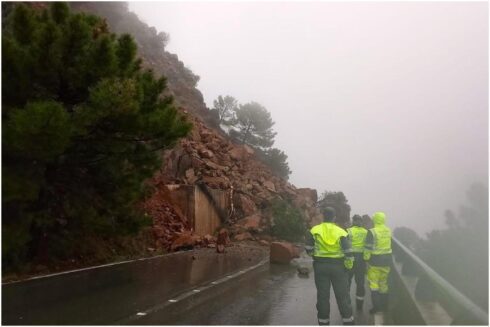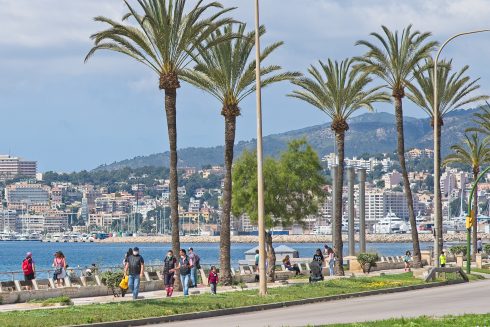MALAGA province has seen the steepest rise in rents in the whole of Spain, new figures have revealed.
Data released by urban and transport minister Jose Luis Abalos shows that the Andalucian province saw the cost of renting a home soar the most between 2015 and 2018.
The information was gathered from the tax declarations relating to more than 11.2 million lease contracts nationwide.
Between 2015 and 2018, the report shows, rent increased in Malaga province on average by 20%, rising from the average of €500 per month to €600.
The Costa del Sol province is followed by Barcelona and the Balearic Islands, which both experienced a 15% rise.
Malaga is now the sixth most expensive province to rent a property in the country, following Madrid, Ceuta, Barcelona, Melilla and the Balearic Islands.
However, with rent costing €7.7 per square metre, it is one of the hardest hit, given that it has one of the lowest average incomes.
It is now outpacing the regional capital of Sevilla, where average rents from 2015 to 2018 increased from €508 to €561.
Meanwhile, the average cost of renting a home in Andalucia stands at €467, with low costing Almeria and Jaen (with averages of €400) lowering the median.
Within Malaga itself, the most expensive town to live in is Benahavis, with average rental costs reaching €899, growing by 28% between 2015 and 2018.
Next is Marbella on €700, seeing a 17% increase, then Malaga and Fuengirola both on €600, with rent growing by 15% and 20% respectively.
Even inland areas are seeing surges, with popular expat hotspot Coin experiencing an increase in rental costs of 25% over the same period, and Alhaurin de la Torre 19%.
Experts believe the increasing costs in Malaga city may be pushing renters further inland, creating a demand and bringing up prices.
The government has now announced for the first time that it will be creating a rental price index in bid to limit price hikes.
Abalos said the first task will be to analyse the impact of COVID-19 on rental prices before taking decisions.
The index will also let local government, investors and renters know in detail the evolution of rental prices in their areas.








